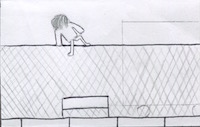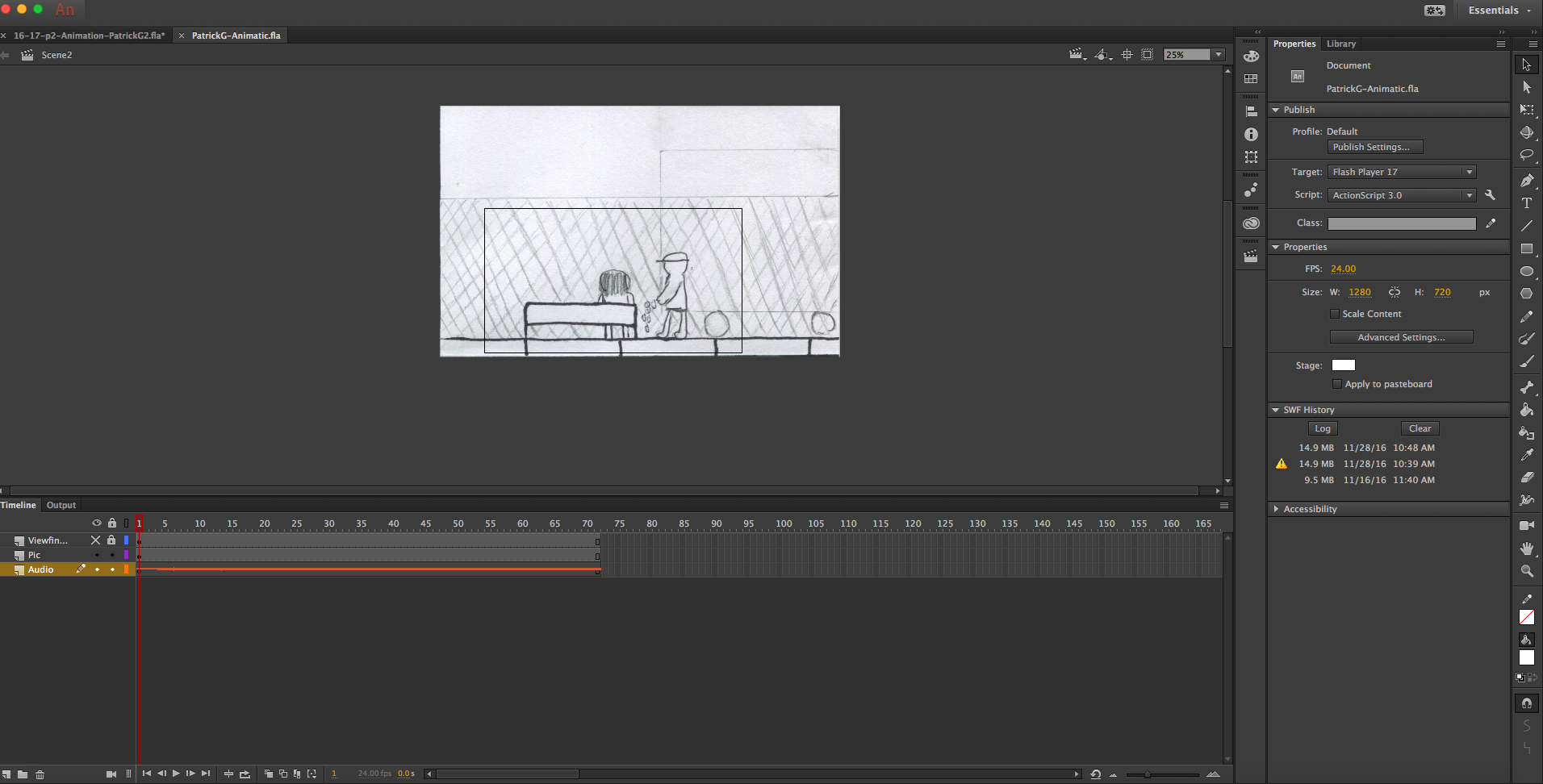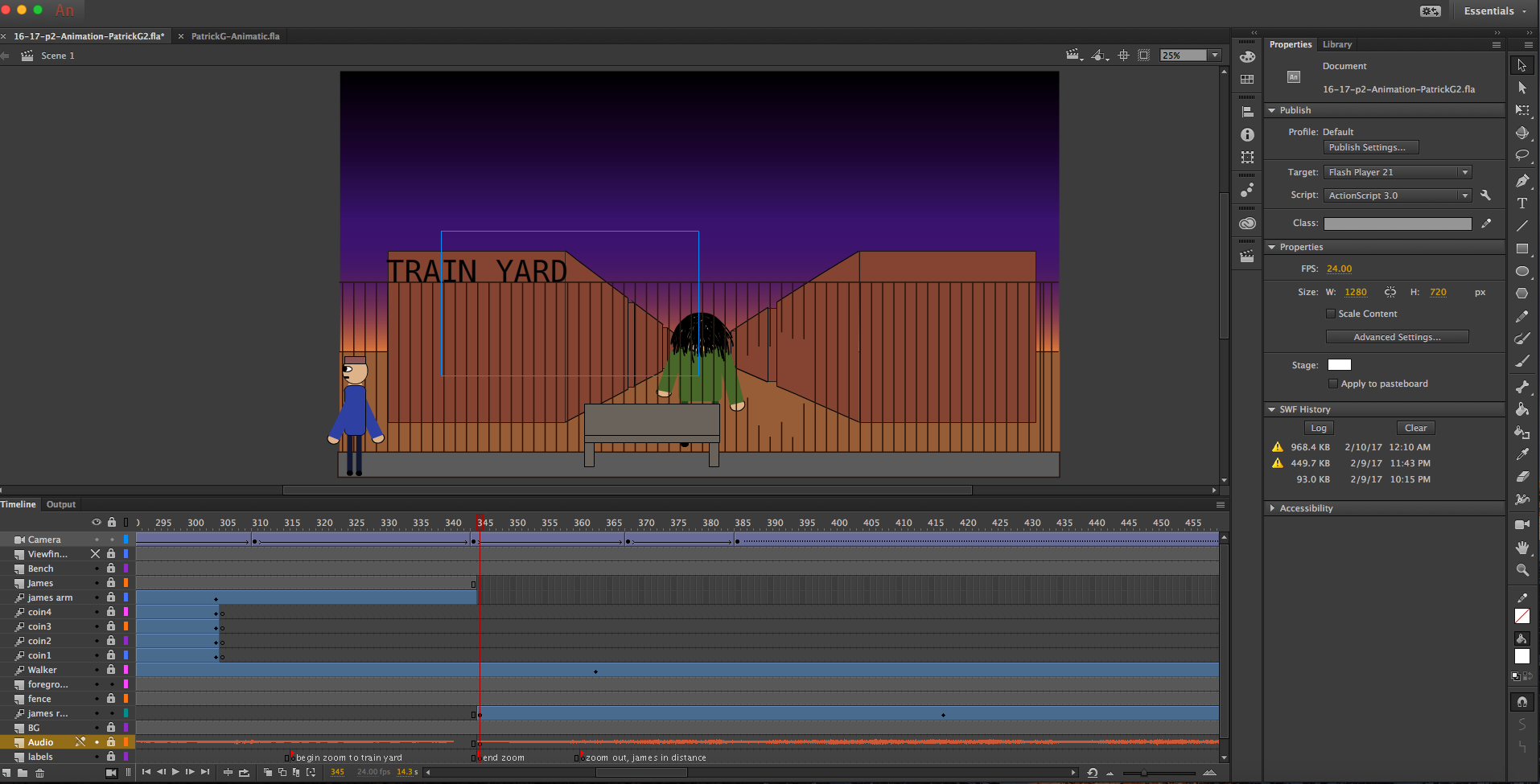For my story, I wanted to be able to show an intense scene while also demonstrating empathy. Through boyscouts, I have been able to work with many homeless people and find out about their story. This inspired me to make my main character have much less than anyone else, and this is what forced him to be in the conflict that my story highlights. I decided to make him a vagabond, who's want is to get on a train so that he can leave the city he is currently living. Through this story, I also show how the empathy of others can help the less fortunate, and that it is sometimes necessary to accept help.
Fast Track
Rob stares at his callused hands as the setting sun casts an orange glow on the decommissioned train cars that sit past the fence before him. A slight breeze flows through his black hair, thick with the dirt and oil that has been collecting there. A man walks by and throws change to his feet. Rob scoffs, kicking away the coins to his side.
He looks at his watch. Five minutes til seven. A train horn blares in the distance. After a quick check in both directions, Rob bounds toward fence, quickly scaling its rusted wires. He lands onto the dirt below, and begins to run. As he makes his way through the old train cars, he hears the shouts of security guards yelling for him to stop. Rob breaks off into a sprint as two men in bright yellow vests with blue caps trail him.
The train horn blares again, louder than the last time. A guard steps out from one of the train cars ahead of Rob and puts his hand out, commanding for him to stop. Rob disregards him and runs into the guard full speed, knocking off his royal blue cap. Rob’s eyes stay focused on the railroad tracks ahead him. They shake as the train gains more and more speed. Rob breaks out into the open and sprints after the train, the guards right on his tail. The train slowly picks up speed and the guards get closer and closer. His legs burn, desperately wanting to give out.
A man in blue overalls walks out onto the back deck of the last train car. He leans over the railing and reaches out to Rob, telling him to grab his hand. With a final burst of speed Rob runs to the man, grabbing his hand just as Rob’s legs begin to collapse.
Rob falls onto the red carpet floor of train car. He looks to his sides and sees bottles of champagne sitting on furnished wood tables. The man in the overalls looks at Rob and offers him his hand. Men and women stare at Rob, their attention diverted from the fine china tea cups. Rob glares at the hand as whispers travel around the room, then reaches out and takes it. The man pulls him up, and they stand eye to eye. Rob gives him a quick nod, then walks over to one of the satin chairs, his shoulders back and head high. He sits down as the train blows its horn confidently, its warm tone echoing through the air for a final time.






